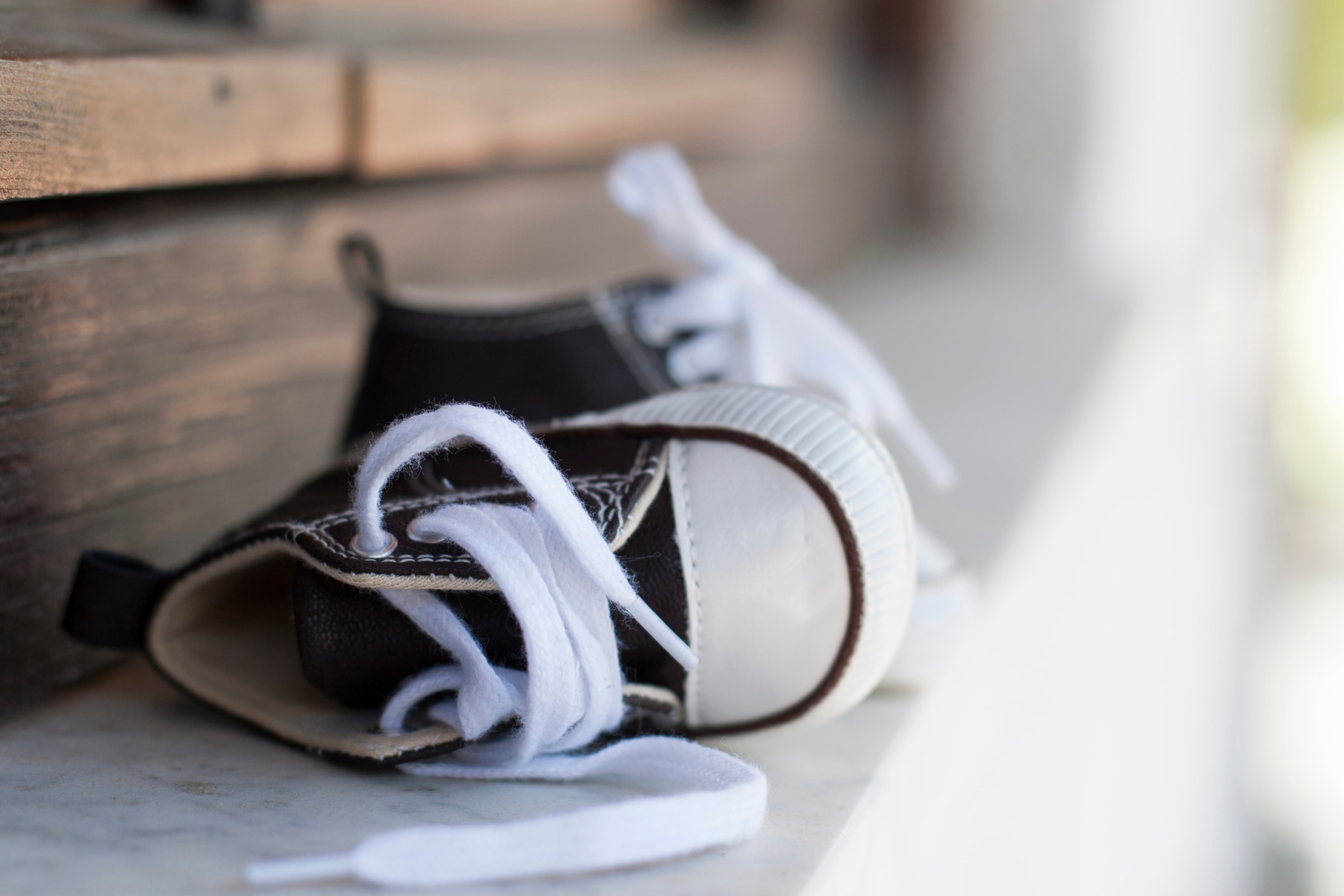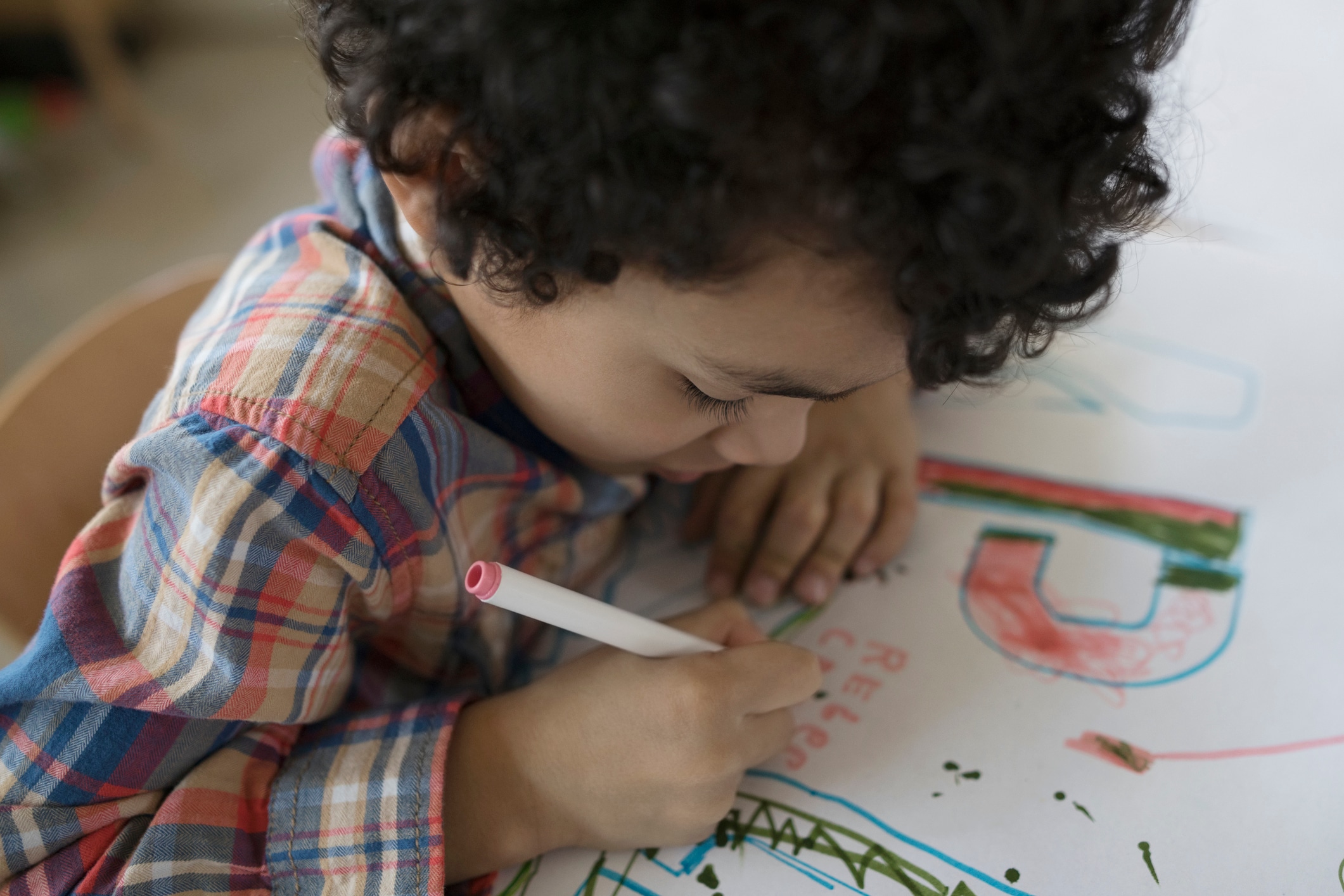As a new parent, it’s scary to see any bumps, funny colors or other signs of trouble on your precious baby’s sensitive skin — but it’s likely that, at some point, you will. Diaper rash is one of the most common rashes of childhood, and one that most parents face sometime during their child’s time in diapers.
Here’s how to learn what it looks like and how to treat it:
Given how common the condition is, you’re probably already on the lookout for symptoms when changing your baby — but what exactly are you looking for? “Diaper rashes can vary in appearance, but traditionally may present as small red bumps of the upper thighs, buttocks or front genitals,” says Dr. Ashanti W. Woods, M.D., an attending pediatrician at Mercy Medical Center. “Occasionally, there may be a rawness — bright pink skin — appreciated within the thigh creases or the bottom of the buttocks.” While you’ll easily see the rash on your child, you’ll also probably notice her become more frustrated, irritable and uncomfortable during diaper changes, due to the sensitivity of her skin.
What causes diaper rash?
According to Dr. Fayne L. Frey, M.D., F.A.A.D., a dermatologist and the founder of FryFace, “Diaper rash can occur in any child that wears a diaper, but is most common in young children between the ages of 9 to 12 months. It is associated with continuously wet and infrequently changed diapers and diarrhea.”
There can be many additional contributing factors. Some may be related to the diaper itself, such as an allergic reaction or sensitivity to the dyes in diapers; chemical irritation from scented diapers, wipes, soap or lotions; the detergent used on cloth diapers; or texture irritation from the diaper material itself. Others might be an infection (usually yeast), infrequent diaper changes, lack of air circulation to the area, moisture from urine or poop, sweat or warmth from body heat, starting solids or the introduction of new foods.
What are the best treatment options?
It may seem like all diaper rashes are basically the same, but since they can have different causes, diaper rash is not a one-treatment-fits-all condition. Woods recommends the following three-step method of treatment.
- Barrier ointment and good old-fashioned air. “Treatment for noninfectious rashes includes starting with a barrier ointment, with the goal of minimizing wet contact on an already-irritated surface. Also, the bottom should receive some air as oxygen plays a vital role in the healing process,” says Woods. Applying an over-the-counter ointment at every diaper change and allowing that little bum some time out of the diaper should begin to clear up most rashes, but if the rash persists, move to step two.
- Topical antibiotic-antiseptic or steroid cream. According to Woods, for more stubborn rashes, you can try adding some cornstarch to baby’s diaper to minimize moisture, while using an over-the-counter bacitracin ointment to keep bacteria in check and a 1 percent hydrocortisone cream to reduce inflammation. Followed this regimen for about three days to see if the rash improves. “Interestingly, if the rash fails to improve, we not only have our answer as to what’s causing our rash, but we have also fueled the problem — yeast — with the addition of cornstarch and hydrocortisone. In this case, we proceed to step three,” Woods says.
- Antifungal medication. If the rash persists to this stage, it will appear extremely raw and have little red spots, called satellite lesions, and require an antifungal treatment. Over-the-counter clotrimazole should be applied three times a day for two weeks, or your child’s pediatrician may prescribe nystatin, to be used three times a day for two weeks. Woods says, “If the rash fails to respond to these antifungals, again, the child’s pediatrician should be consulted for a possible combination medicine — zinc oxide mixed with hydrocortisone mixed with nystatin.”
Diaper rashes can last from one to three weeks. Give each treatment about a week to work before switching to another method (except for Step 2 or unless your doctor directs otherwise). As Frey notes, “The best treatment for diaper rash is prevention. The area should be kept dry with frequent diaper changes.” If your little one does come down with a rash, though, don’t panic — now you know what to do!





